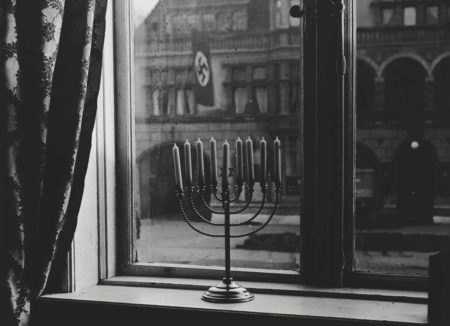I ran across an article several months ago that immediately captured my attention. It was a photograph that sent chills down my spine. I said to myself, “Now that’s a very powerful image.”
I thought about the story behind the photograph and decided to write a blog about powerful and iconic images from World War II. Unfortunately, we can only include twenty-five photographs in this blog. However, there are hundreds if not thousands of other photographs that would fit into the theme of this blog. If interested, you can check out various web sites listed below to view some of the other photographs we did not include.
Please be warned that some of the images included in this blog are very disturbing.
We begin our photographic journey with the Hanukkah menorah in the window. It is the image that inspired me to write this blog.
Did You Know?
Did you know that nearly all forty of the original Washington D.C. boundary stones are hidden in plain sight? The capital city of the United States was originally a ten-mile by ten-mile diamond shape. These stones marked the boundaries of the city, and they are the oldest federally placed monuments in the United States.
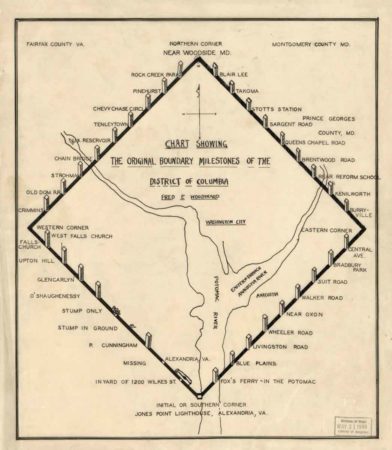
Andrew Ellicott was hired to chart out the new city, but the surveyor needed an assistant to read the stars to ensure the markers were placed accurately. Benjamin Banneker, an African American, was recommended to Ellicott. He questioned the competence of a Black man who had no formal schooling or scientific training. Faced with no alternatives, Ellicott hired the amateur astronomer to work alongside him. For six nights, Banneker lay on his back to record the stars and with those calculations, the first marker stone was placed at Jones Point. (You can see the stone through a window in the seawall of the 19th-century Jones Point Lighthouse.)
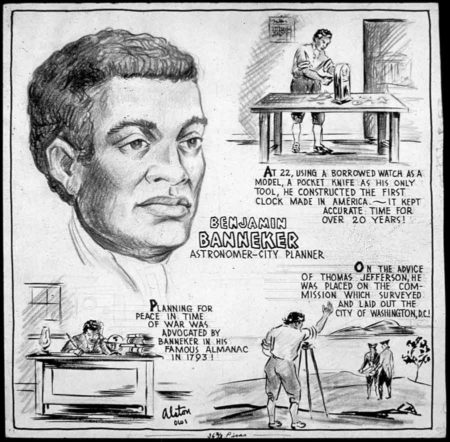
The stones are one foot square and three feet high. They were placed one mile apart and each is numbered according to its quadrant and location. Each side bears the inscription of either “Virginia” or “Maryland” depending on its border state. Other information inscribed on the sandstone markers were the words “Jurisdiction of the United States,” a mile number, the date the stone was erected (either 1791 or 1792), and a magnetic compass variance for the stone’s location. Thirty-six stones remain in their original place (some in severe deterioration as sandstone is not the best material for posterity) while three are replicas and one is represented by a simple plaque.
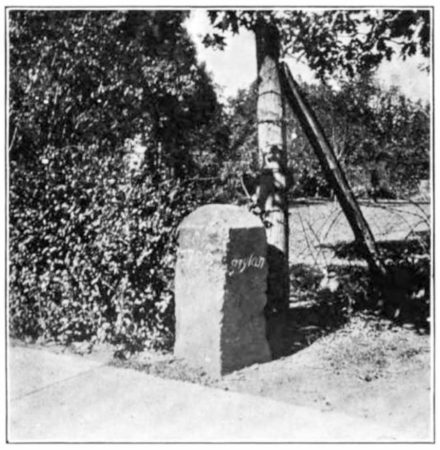
Thomas Jefferson was secretary of state at the time, and he went on record as saying he did not believe Black and enslaved people were of the same standards as White people in terms of brains and physical abilities. Clearly, Jefferson had never met Mr. Banneker.
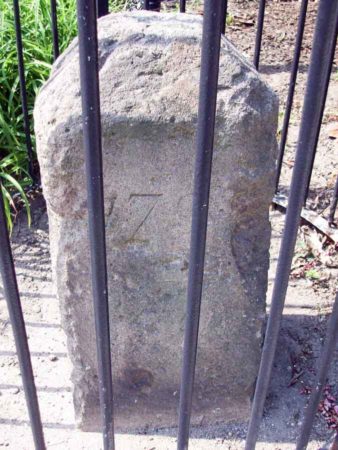
The Hanukkah Menorah
